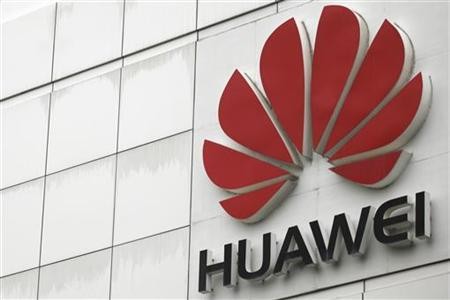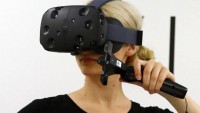Huawei to Use Skyworks Technology for Latest Smartphone Devices
| Ellie Froilan | | Jun 29, 2016 10:11 AM EDT |
(Photo : Reuters) Huawei will use Skyworks' SkyOne Ultra 2.0 with integrated filters.
Huawei has announced that it will include Skyworks Solutions technology on its latest devices, P9 and P9 Plus smartphones.
The Chinese tech company is trying to leverage its multiple devices for both GSM and WCDMA base station platforms. Huawei’s latest mobile platforms are utilizing the low, mid, and high band architectures of the SkyOne Ultra 2.0, featuring integrated filters and SkyBlue technology, antenna tuners, power management devices, and multi-throw switches.
Like Us on Facebook
“We are delighted to be partnering with Huawei as they expand their domestic footprint in China to the broader global infrastructure market. Based on their business momentum, Huawei is becoming one of our largest infrastructure accounts as they leverage our highly integrated base station solutions,” said Liam K. Griffin, senior vice president of sales and marketing for Skyworks.
SkyOne Ultra 2.0 is a highly integrated single stock-keeping-unit (SKU) LTE platform that includes the SKY78113 low-band, SKY78114 mid-band and SKY78117 high-band 3G/4G Tx-Rx SkyOne modules. It also feature flexible antenna support and a baseband-agnostic interface that contains the firm's SkyBlue technology for what is claimed to be best-in-class power efficiencies and linear power capability.
Carlos Bori, vice president of sales and marketing for Skyworks, said that Huawei’s adoption of multiple solutions from their products means a strong leadership position for Skyworks among the global smartphone providers. Skyworks is able to provide their customers highly configurable and customized architectures that reduce complexity and deliver unparalleled performance.
According to a forecast by market research institute GfK, the demand for smartphones in China this year is stronger than expected and could reach 442 million units, which is an increase of seven percent compared to 2015.
TagsHuawei, Skyworks, huawei p9, Huawei P9 Plus, Smartphones, Huawei smartphones
©2015 Chinatopix All rights reserved. Do not reproduce without permission
EDITOR'S PICKS
-

Did the Trump administration just announce plans for a trade war with ‘hostile’ China and Russia?
-

US Senate passes Taiwan travel bill slammed by China
-

As Yan Sihong’s family grieves, here are other Chinese students who went missing abroad. Some have never been found
-

Beijing blasts Western critics who ‘smear China’ with the term sharp power
-

China Envoy Seeks to Defuse Tensions With U.S. as a Trade War Brews
-

Singapore's Deputy PM Provides Bitcoin Vote of Confidence Amid China's Blanket Bans
-

China warns investors over risks in overseas virtual currency trading
-

Chinese government most trustworthy: survey
-

Kashima Antlers On Course For Back-To-Back Titles
MOST POPULAR
LATEST NEWS
Zhou Yongkang: China's Former Security Chief Sentenced to Life in Prison

China's former Chief of the Ministry of Public Security, Zhou Yongkang, has been given a life sentence after he was found guilty of abusing his office, bribery and deliberately ... Full Article
TRENDING STORY

China Pork Prices Expected to Stabilize As The Supplies Recover

Elephone P9000 Smartphone is now on Sale on Amazon India

There's a Big Chance Cliffhangers Won't Still Be Resolved When Grey's Anatomy Season 13 Returns

Supreme Court Ruled on Samsung vs Apple Dispute for Patent Infringement

Microsoft Surface Pro 5 Rumors and Release Date: What is the Latest?












